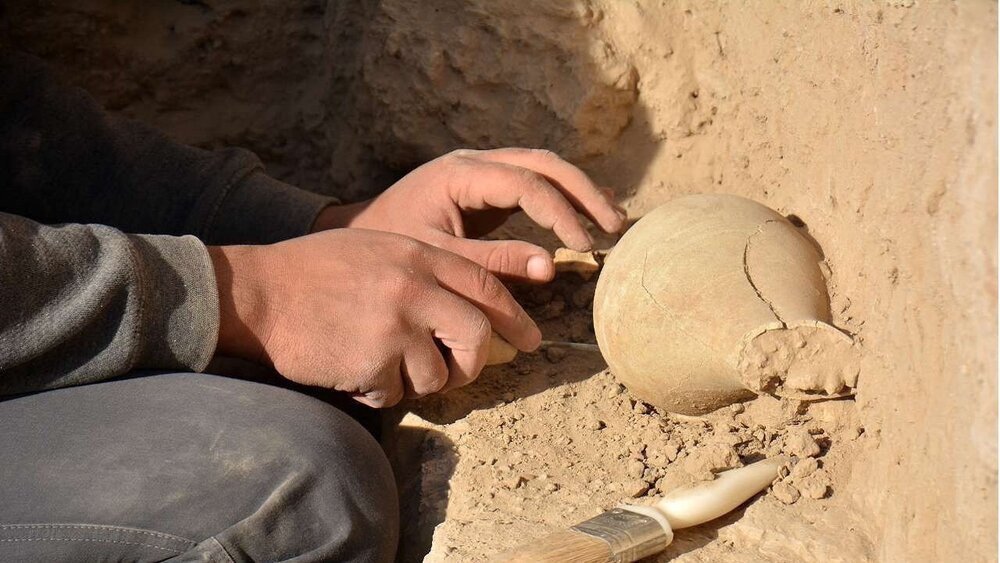Demarcation results may alter fate of steel company near ancient site

TEHRAN— Controversy over the construction of a steel company adjacent to Qareh Hasanlu is to be resolved by the results of a pending demarcation project to determine the legal properties of the ancient hill, which is situated in Ardabil province, northwestern Iran.
A team of cultural heritage experts and archaeologists has been tasked by the Research Institute for Cultural Heritage & Tourism to conduct extensive field research to verify the legal boundaries of Qareh Hasanlu, CHTN quoted the provincial tourism chief as saying on Tuesday.
And the final decision [over the fate of the steel company] will be made when legal properties are determined, Fardin Eini said.
“Establishing a steel factory is not associated with the devastation of the ancient site, and protecting the ancient site of Qara Hasanlu does not mean preventing the operation of the steel factory, and both may coexist.”
“Protecting this ancient site is our main duty, but outside of the ancient area, we cannot prevent the operation of the steel factory, and issuing or not issuing a license for the operation of this factory is not in the scope of the authority of the General Directorate of Cultural Heritage.
Months ago, cultural heritage fans expressed wariness over the fate of Qareh Hasanlu as the steel factory was to be constructed nearby.
Later, an Iranian MP said Qareh Hasanlu should be preserved against a developing steel factory nearby. Ali Nikzad, who represents the cities of Ardabil, Nir, Namin, and Sarein, said that cultural heritage criteria will be taken into consideration for constructing the factory.
“The state-run factory is not supposed to be constructed on the ruins of the archaeological site… Additionally, its stakeholders have collaborated with the Research Institute for Cultural Heritage and Tourism for a recent survey,” Nikzad explained.
Archaeologists in July discovered some relics and the ruins of an ancient building in the northwestern site, estimated to date from the Parthian era (247 BC ––224 CE).
The project was launched to safeguard and protect the historical site against further destruction on the one hand, and to identify comprehensive information on possible cultural layers, particularly Iron Age settlements, on the other hand.
Ardabil’s department for tourism and cultural heritage is hoping to win national recognition for Qareh Hasanlu, which has yielded relics and ruins in previous excavations.
Sprawling on a high, windswept plateau, Ardabil is well-known for having lush natural beauties, hospitable people, and its silk and carpet trade tradition. It is also home to the UNESCO-registered Sheikh Safi al-Din Khanegah and the Shrine Ensemble. The province is very cold in winter and mild in summer, attracting thousands every year. The capital city of Ardabil is usually recorded as one of the coldest cities in the country in winter.
AM
Leave a Comment